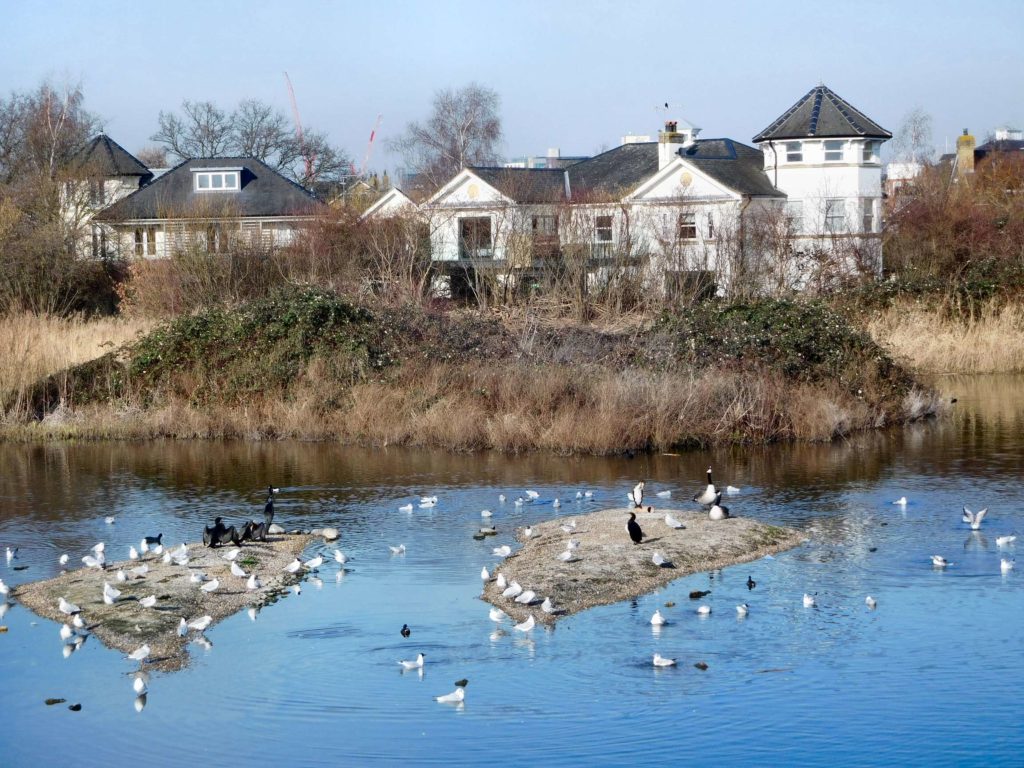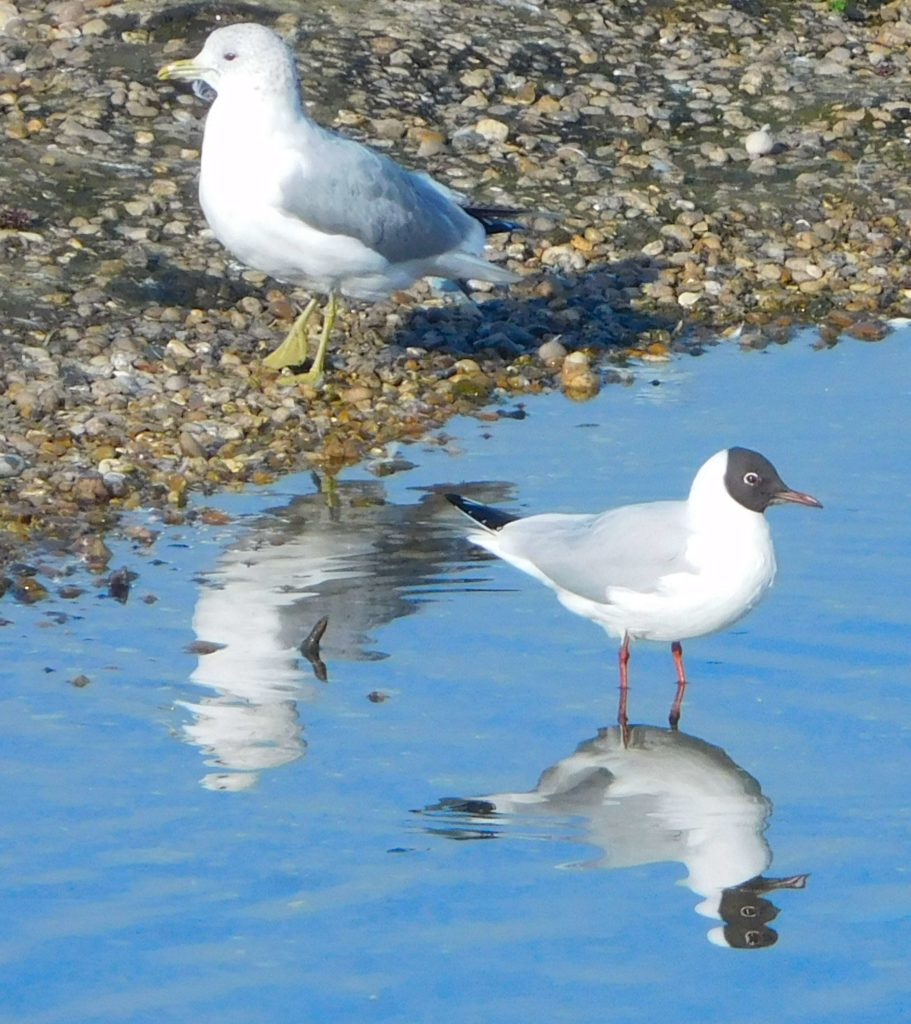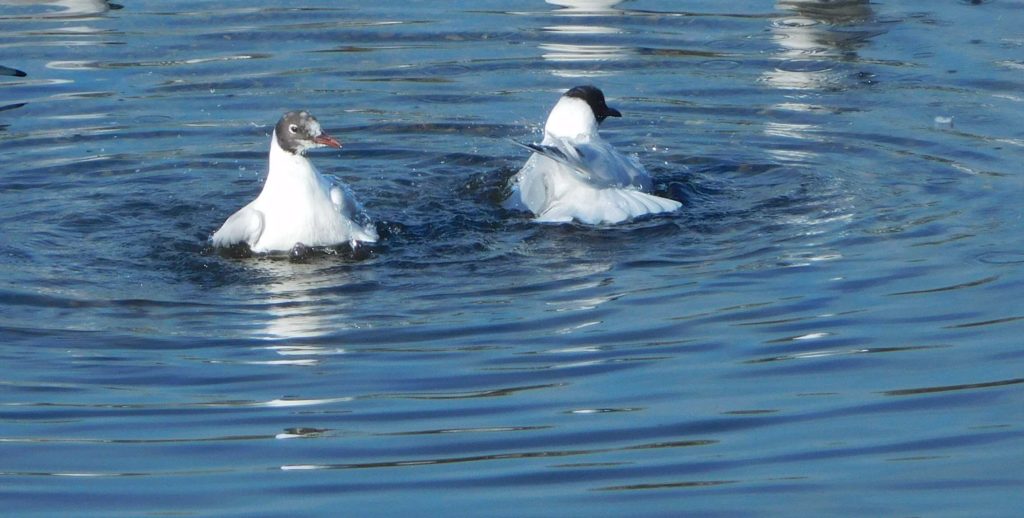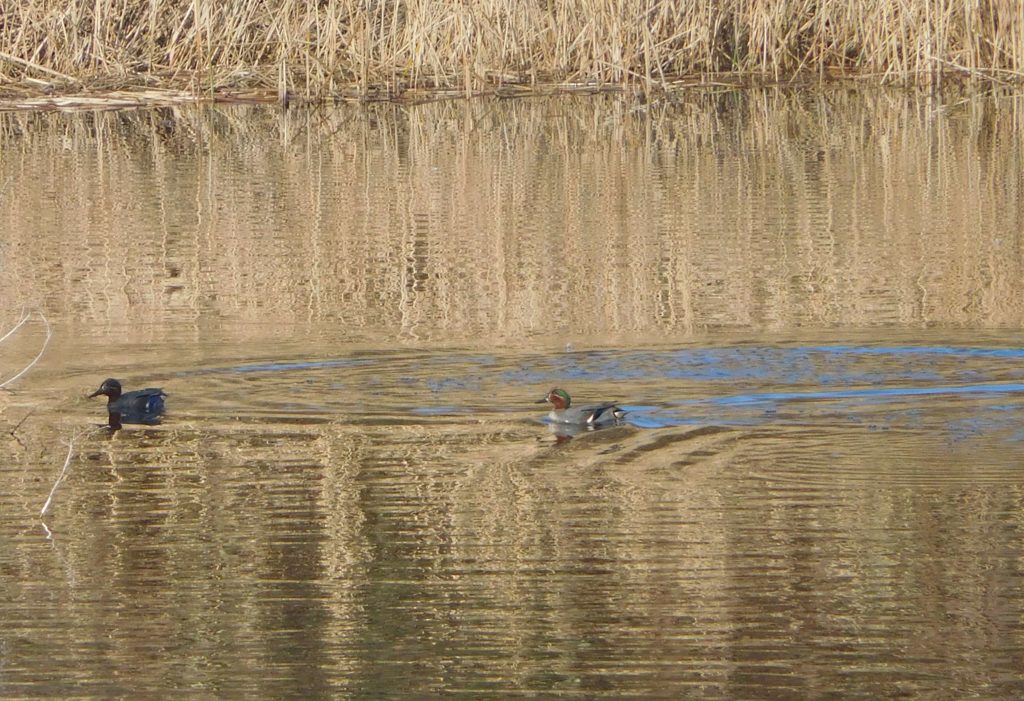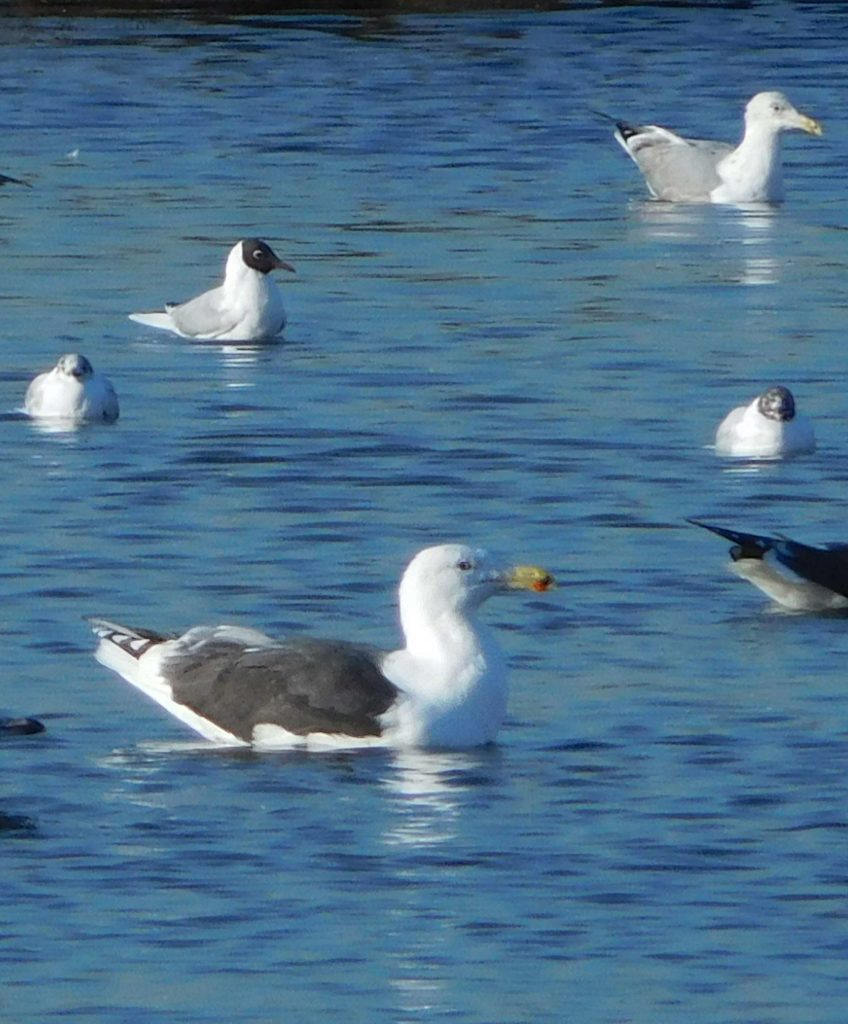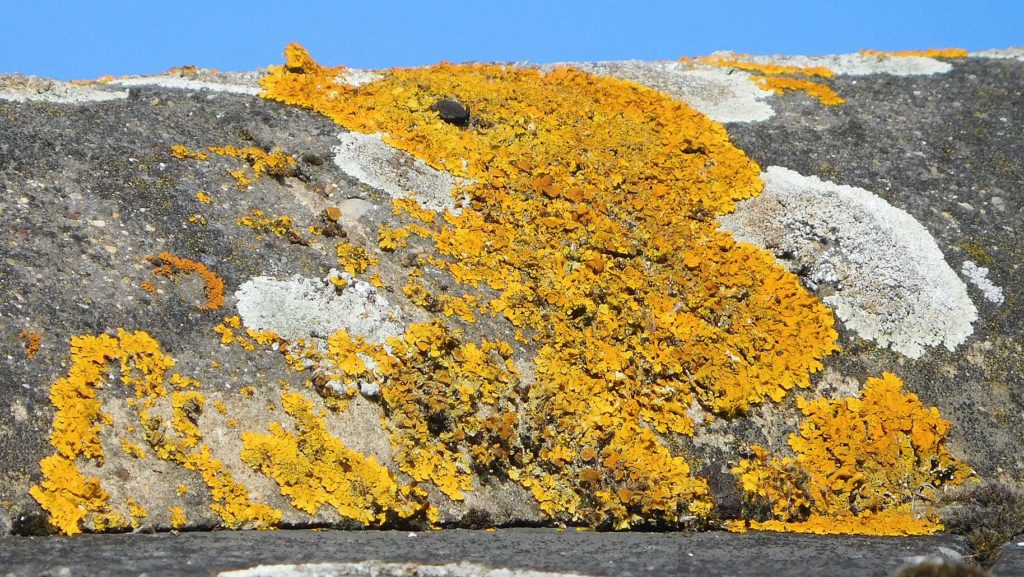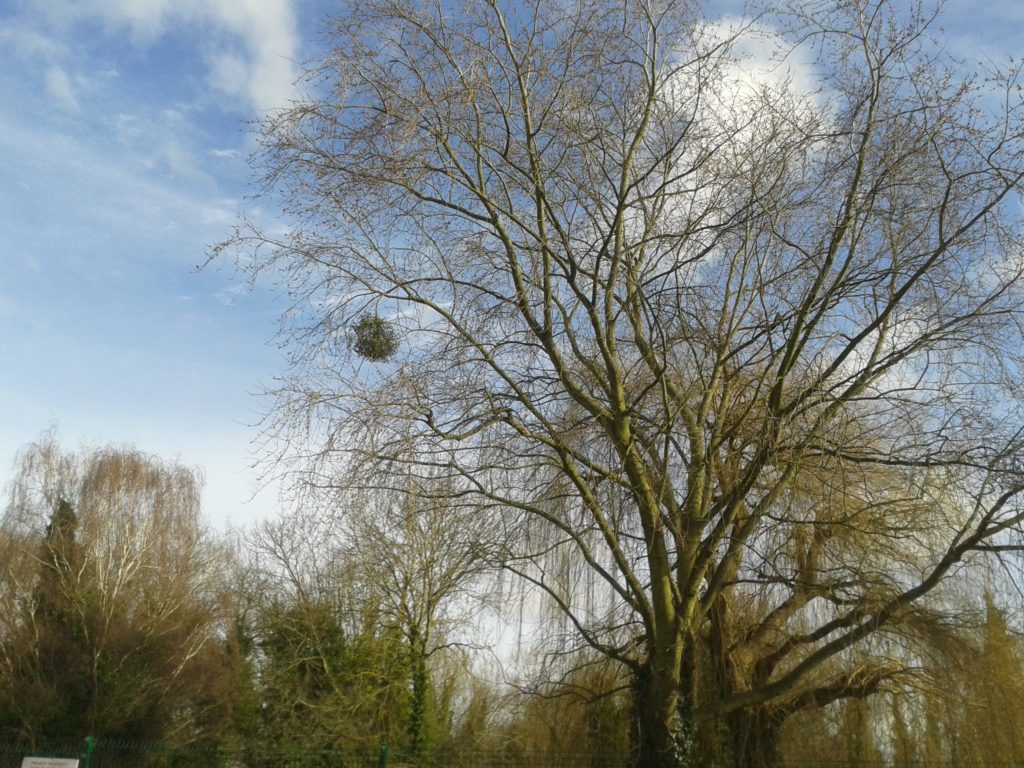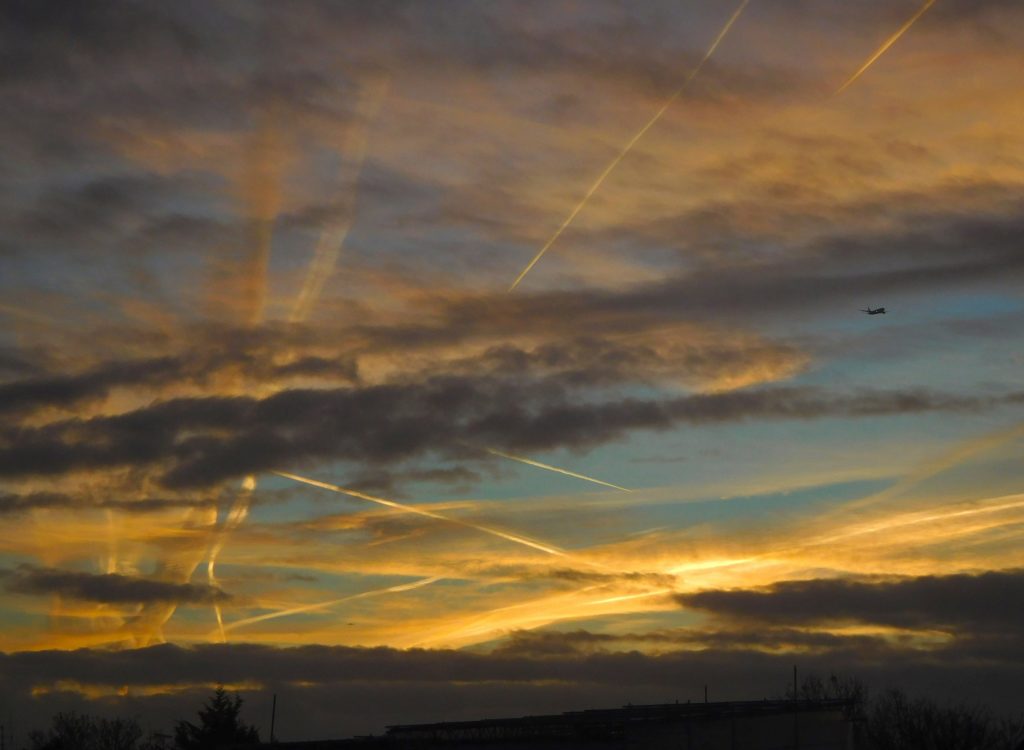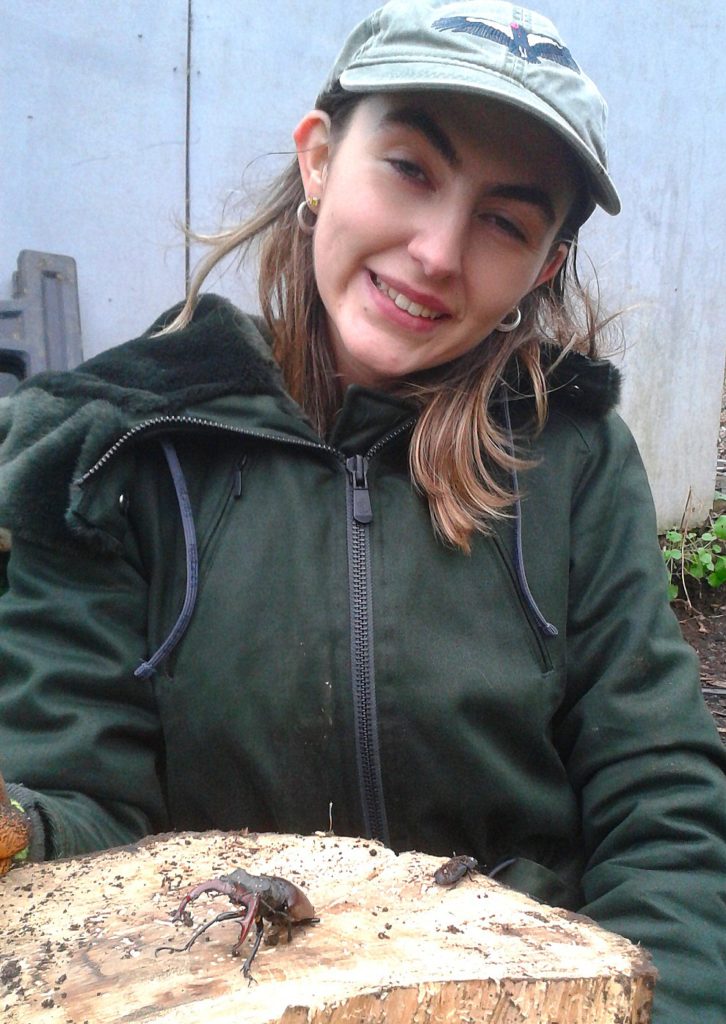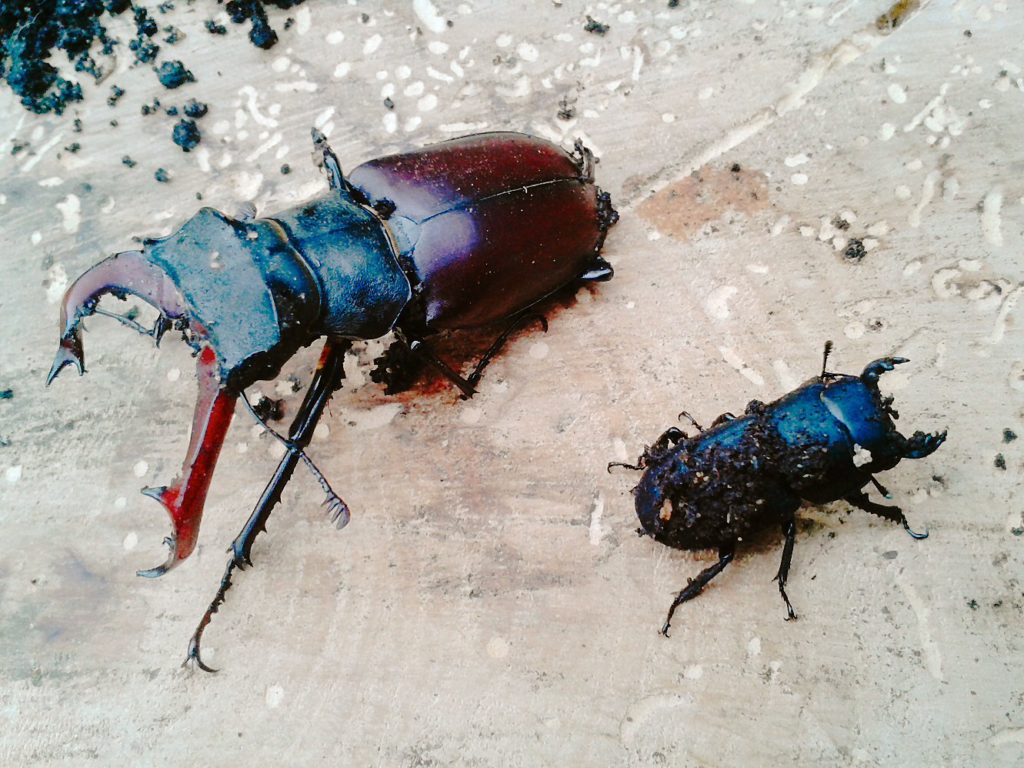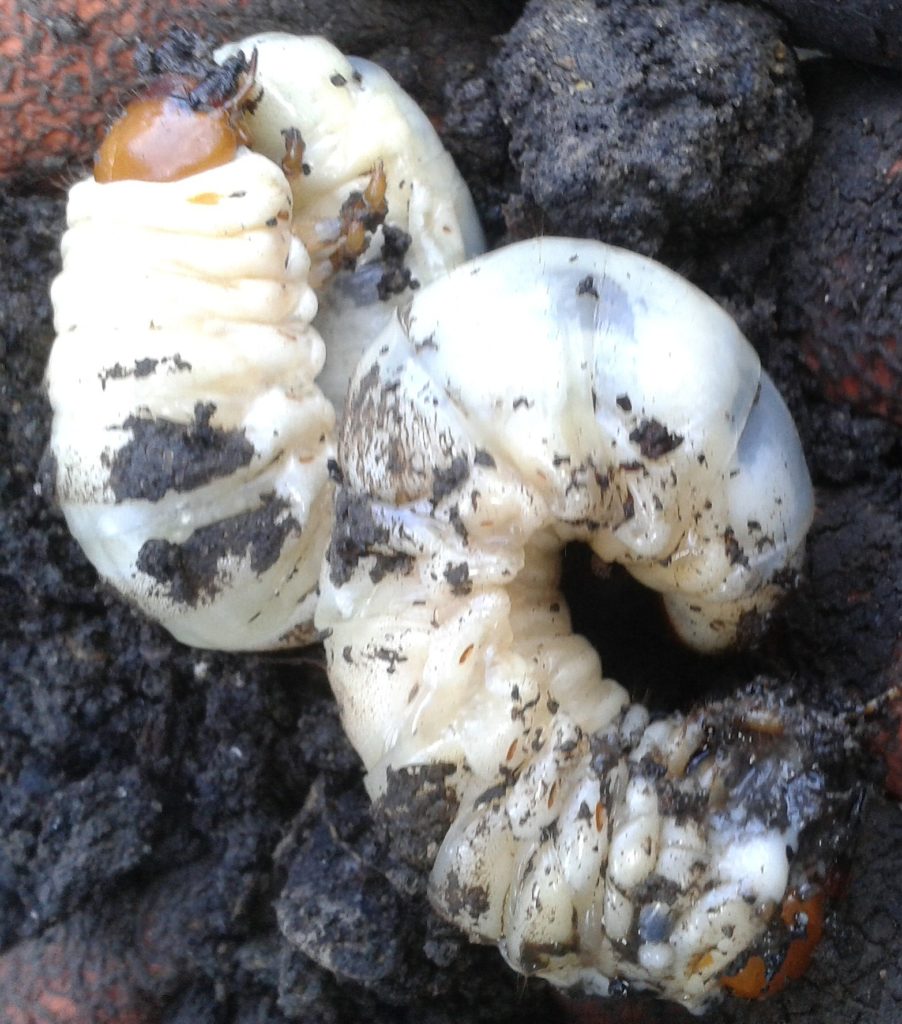South-West London today reached 20.1 Celsius, a record for England in February. I remember February on a school football pitch – icy wind, horizontal drizzle, slimy mud, frozen knees, goosebumps, the whole winter thing. Actually I remember public school as being nearly always cold, and nearly always hungry, but I digress. Global warming feels absolutely real and present when there’s a winter’s day as warm as, well, an English Summer.
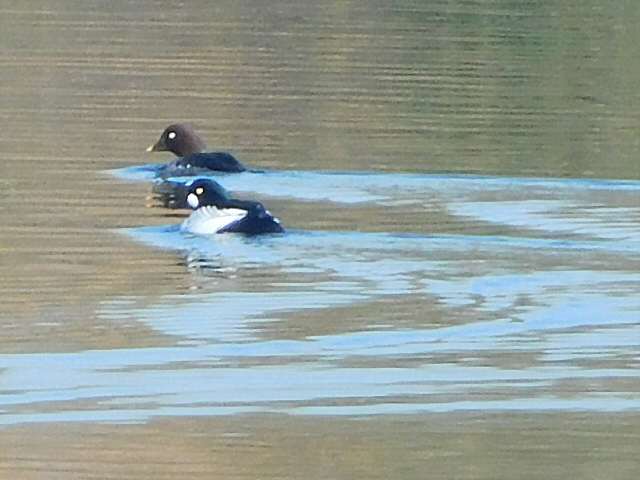
The result is visibly paradoxical – trees still bare, osiers as orange winter twigs, winter ducks like the Goldeneye still about in good numbers – but the sky blue, the air balmy, and the birds definitely singing.
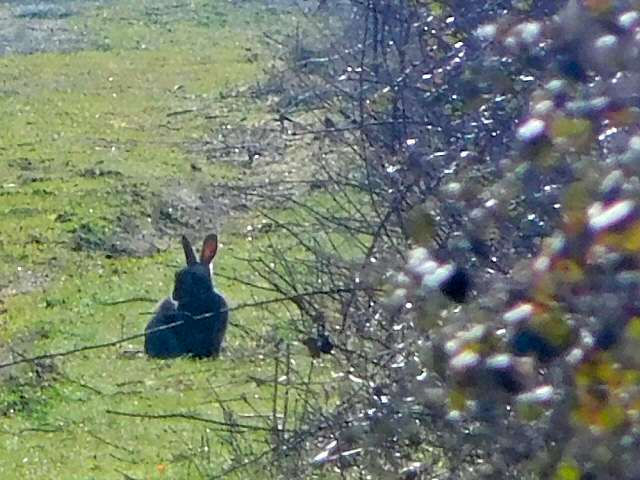
Other than that, I saw and heard Greater Spotted and Green Woodpeckers; a resident Chiffchaff hopped about a bush; a Cetti’s Warbler whirred like an oversized Wren from the lakeside vegetation below my feet; Cormorants lazed about in the trees; a Heron fished in the river, flapping slowly and improbably away in the narrow space between the willows, rising like some stick-and-string kite to surmount the treetops.
P.S. One day later, the winter temperature record for Britain was broken again, this time 21.6 Celsius right here in the west of London, as measured at Kew Gardens. It’s of course the pleasantest side of global warming, ignoring the increased hurricanes, winter storms, droughts, scorched crops, spreading deserts, famines across the Sahel, and all the rest. Ashdown Forest (home of Pooh Bear, Piglet, Tigger and Kanga) had two major fires today, so it hasn’t been jolly all round.

